Affiliate links on Android Authority may earn us a commission. Learn more.
Why the quad-core Snapdragon 820 won't bring an end to the core wars
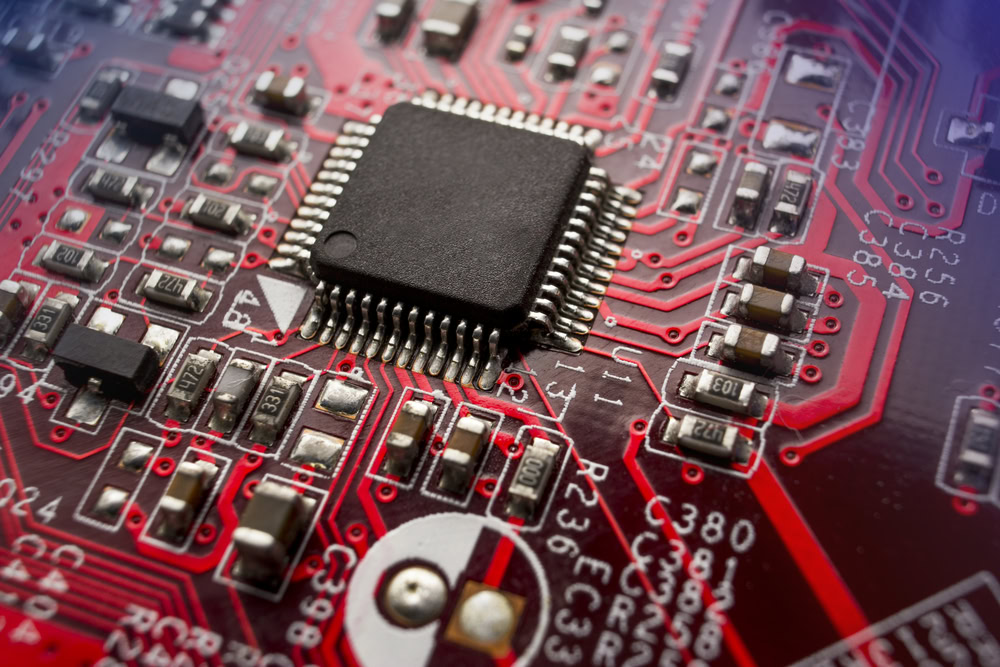
2015 has been an interesting year for mobile processing technology and the overarching trend in products has been wide-spread adoption of hexa-core and octa-core processors. The Snapdragon 810, 808 and Exynos 7420 are powering a range of flagship smartphones this year, while MediaTek announced the world’s first deca-core mobile SoC with its Helio X20 a few months back.
Qualcomm is looking to buck this trend with its new Snapdragon 820, which is scheduled for an early 2016 appearance in mobile products, including the Galaxy S7. The Snapdragon 820 will move back over to a quad-core CPU setup, making use of Qualcomm’s new Kryo CPU design that will try to match, and hopefully exceed, the performance and energy efficiency offered by today’s ARM Cortex based processors.
Cortex v Kryo
Qualcomm is boasting double the peak performance and energy efficiency of the Snapdragon 810, but the company hasn’t been quite so clear about the day to day CPU performance boost heading our way with the 820. A blanket two fold increase in performance seems unlikely, but certain scenarios could see a big boost.
The move over from Cortex to Kryo will likely net some performance improvements thanks to Qualcomm’s own optimizations with its new CPU. However, a significant portion of the chip’s improvements will come from the move from a 20nm to 14nm FinFET manufacturing process. Personally, I’m expecting general CPU performance improvements closer to the 30 percent mark, but I’m prepared to be pleasantly surprised.
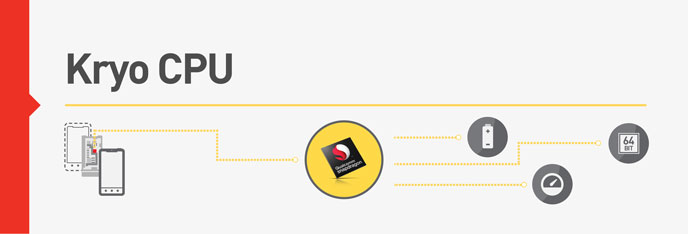
What is perhaps going to be more interesting is to see how Cortex based mobile SoCs that utilize big.LITTLE and Kryo stack up in terms of energy efficiency, as Heterogeneous Multiprocessing (HMP) optimization has come on quite a way from the days when the first big.LITTLE designs competed against Krait. Qualcomm is dropping back to four equal quad-core CPUs in the Snapdragon 820, and will therefore by relying solely on frequency scaling and core gating to save on power. The power consumption differences between Cortex core classes has already been well documented, and I would imagine that Kryo will struggle to drop its energy usage down as low as a Cortex-A53.
While the CPU core race may be over for Qualcomm with the 820, we are going to have to delve into some serious performance and battery benchmarking to find out if this chip can outperform the current batch of cluster designed SoCs that aim to balance performance and efficiency.
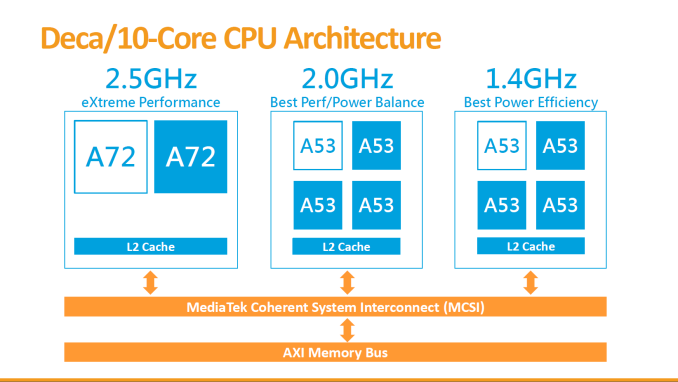
It is equally important to recognise that Qualcomm isn’t the only company selling high performance mobile processors. Samsung, HiSilicon and MediaTek look set to continue to make use of ARM Cortex CPU and GPU components for their processors in the near future, although Samsung may switch back to Qualcomm if the 820 shows significant gains. MediaTek has made it quite clear that HMP is a big part of its future plans, having recently unveiled its deca-core Helio X20 SoC for the high-end market.
While Qualcomm may be the most popular mobile SoC manufacturer, its rivals have a much more competitive feature set these days. Integrated LTE, optimized ISP techniques and high resolution peripheral support can be spotted in a range of mobile chips these days. New big.LITTLE designs that make use of the more power efficient ARM Cortex-A72 CPU core, such as the MT8173 SoC, are also heading to devices next year, so 2016 may see greater diversity in SoC adoption once again.
Mid-range efficiency
One of the big wins for high core count processors has been in the mid-tier and the Snapdragon 820 is not going to change much in this market. MediaTek was one of the first to make use of multiple lower power Cortex CPU cores and has seen fast adoption in the mid and super-mid tiers of the market. This type of wide CPU design can also be spotted in chips from HUAWEI’s HiSilicon and the likes of the commonplace Qualcomm Snapdragon 615.
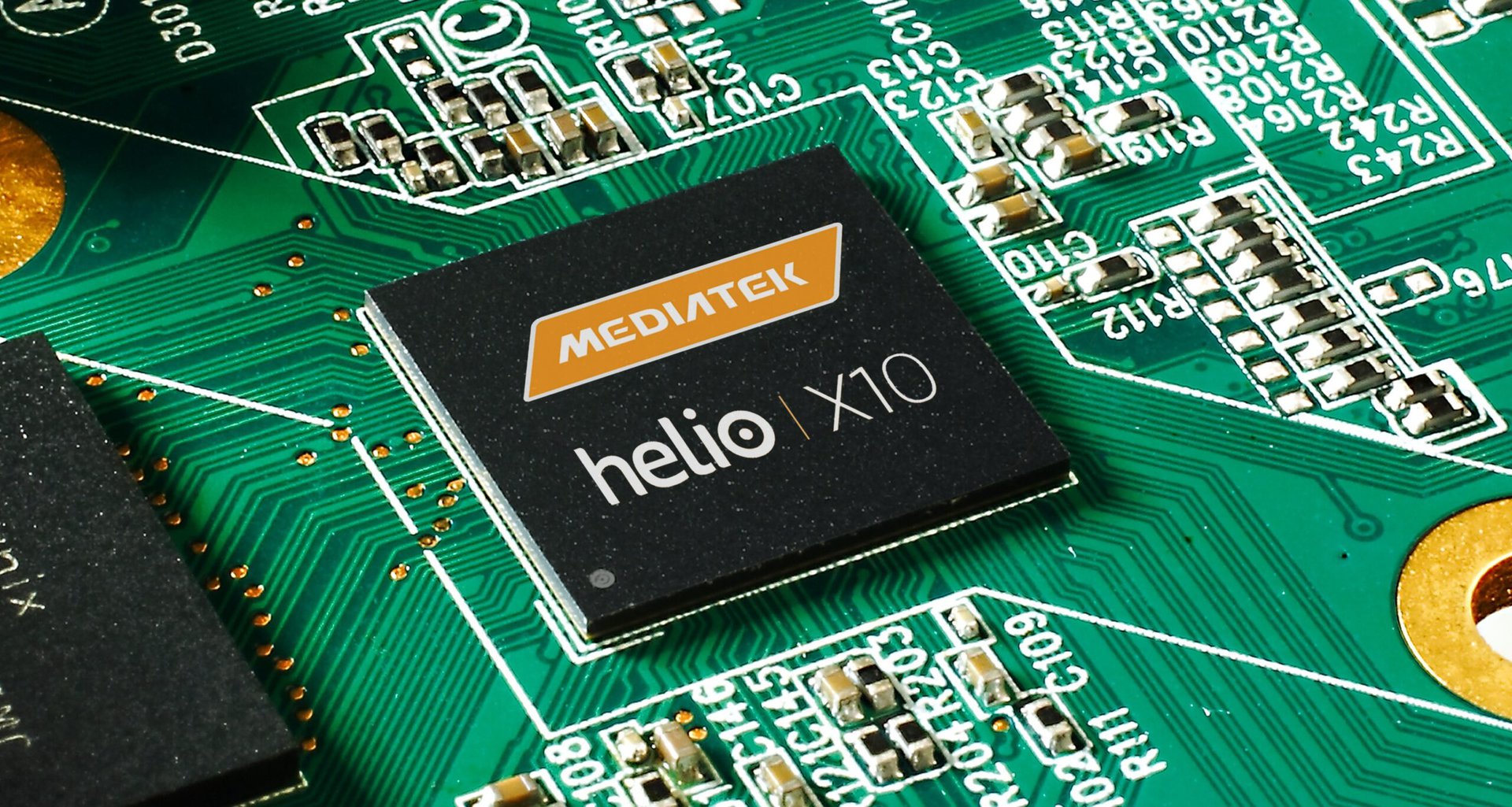
Qualcomm has also recently announced that its new mid-range Snapdragon 617 and low-end Snapdragon 430 will also be making use of eight Cortex-A53 CPUs.
These SoC designs have a smaller silicon footprint and lower power consumption per core, while still offering competitive performance against larger, high-performance designs. The lower production price point has enabled a new market for inexpensive smartphones and Kryo is not going to have much on an impact on this segment, which is currently growing very quickly in emerging markets.
Qualcomm is reserving Kryo exclusively for its high-end SoCs, at least for the first generation, so the core wars are set to continue in the mid-tier smartphone market throughout 2016.
Heterogeneous Compute
The other big announcement alongside the Snapdragon 820’s various components has been a renewed focus on Heterogeneous Compute. We’ve already covered the topic in depth before, if you need a primer on the subject.
Although Qualcomm may be dropping back to just four CPU cores, heterogeneous compute will make use of other processing parts built into the Snapdragon 820 to bulk up its processing capabilities and improve energy efficiency for certain tasks. For example, Qualcomm states that it can make use its Hexagon DSP to assist with image processing and can be used to manage always-on applications at lower power costs that you would see by using the main CPU or GPU.
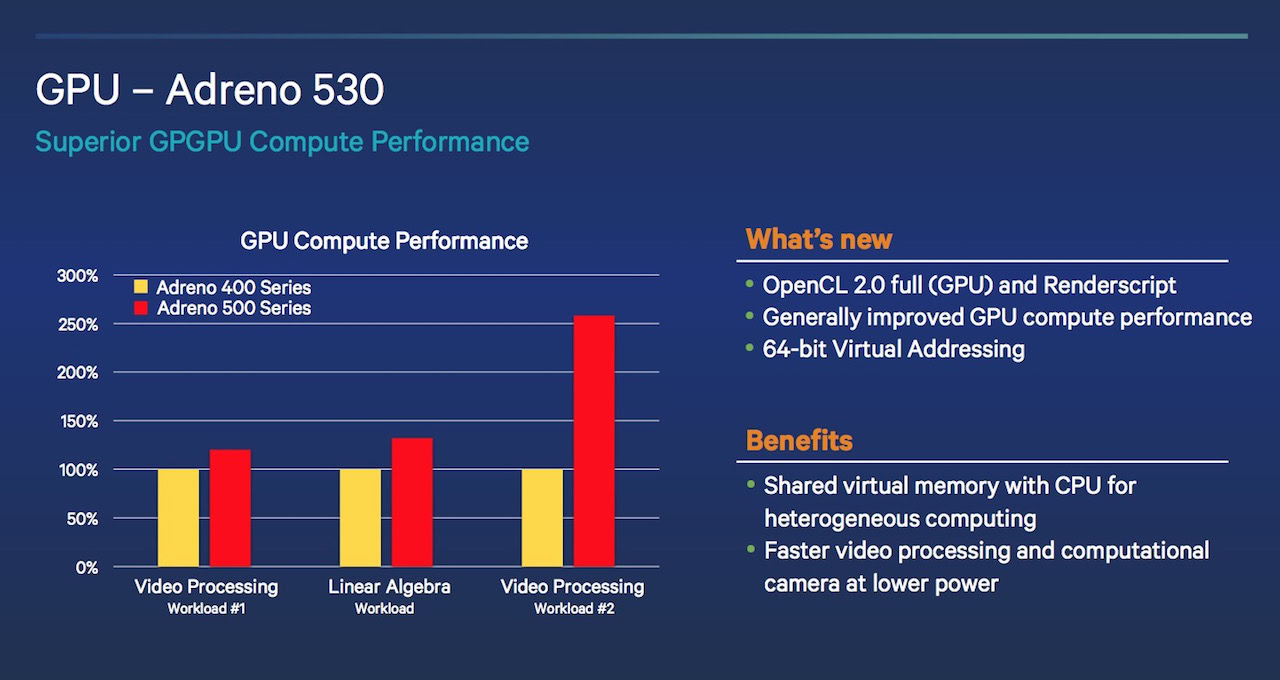
We have seen a similar idea to use low power components for some tasks with MediaTek’s Helio X20, which features an integrated Cortex M4 processor for lower power implementations of always-on applications, such as MP3 playback and voice activation commands.
The goals with HC are similar to the HMP CPU designs that we have become accustomed to this year, balancing performance and power efficiency against the components and thermal limits that are available. Although Qualcomm may have turned its back on the CPU core-count wars, the company and its rivals still have a very active interest in the practical uses of multi-processor SoC designs. Heterogeneous Compute and HMP are ideas that we are likely to hear quite a bit more about in the future.
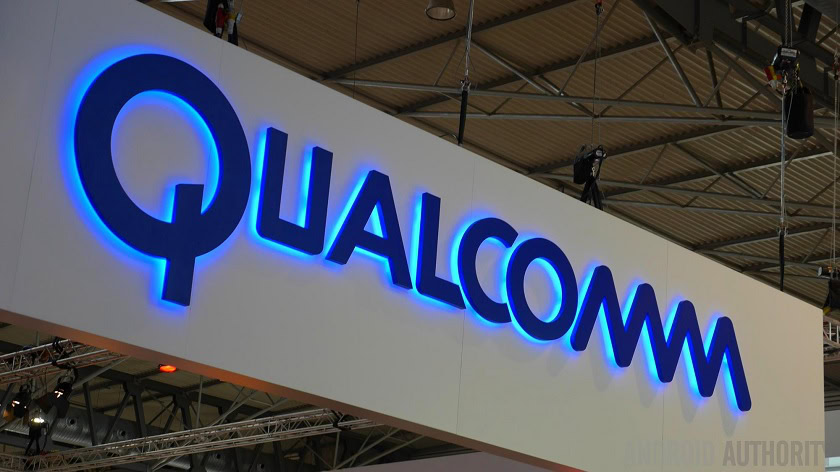
Wrap Up
Although Quacomm may be dropping back to a quad-core CPU design with Kryo, it is not going to end the need for and use of high-core counts in the mobile space, especially from Qualcomm’s competitors.
Many flagship smartphones may no longer feature hexa- and octa-core CPU designs in 2016, but more powerful GPUs and the use of heterogeneous compute still means that the number of available processing parts will continue to remain relevant. At the mid and low ends, the cost to performance ratio of octa-core designs means that they are unlikely to disappear from this segment either. For better or worse, the core wars aren’t over yet.